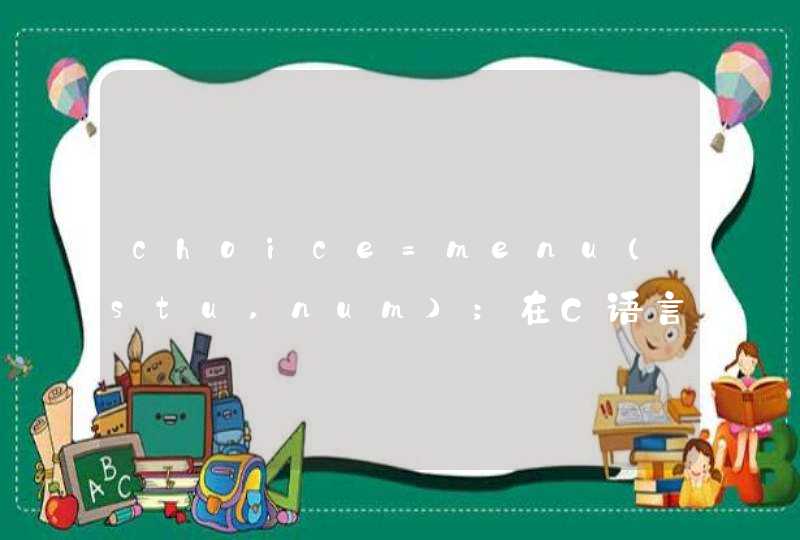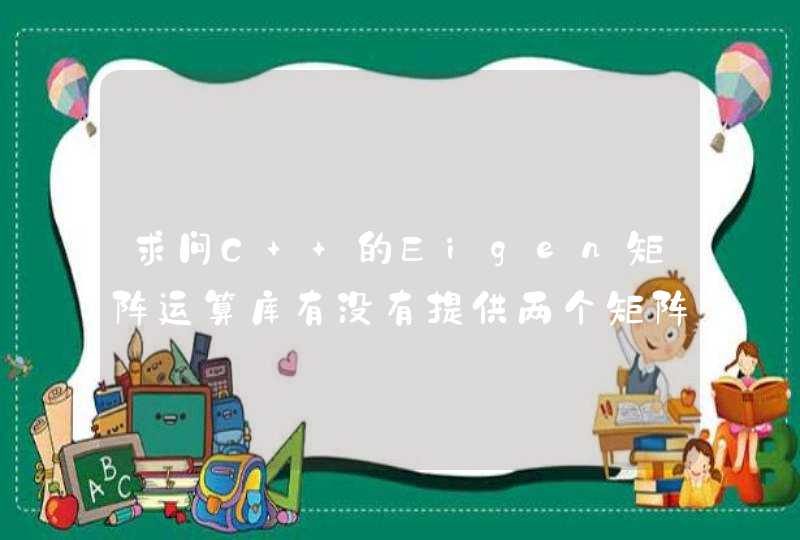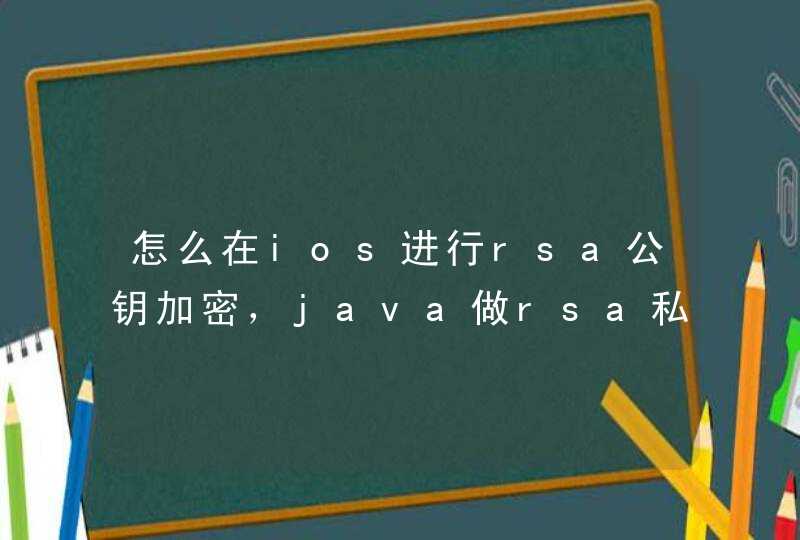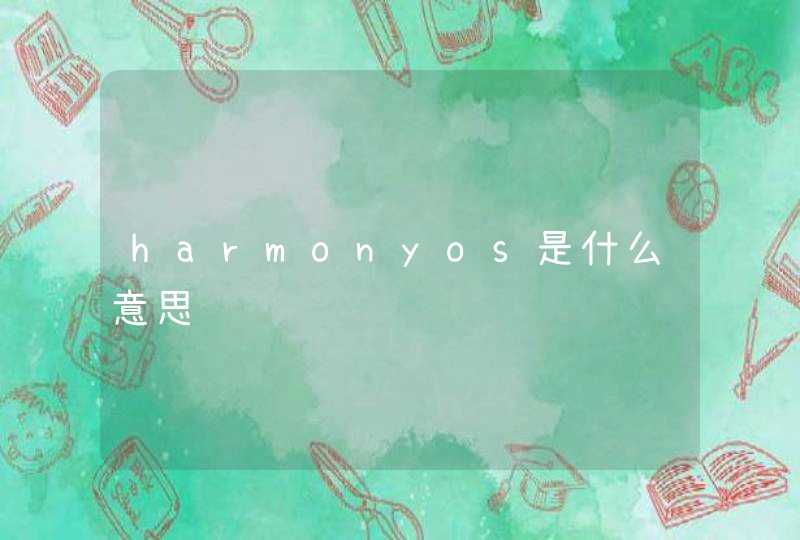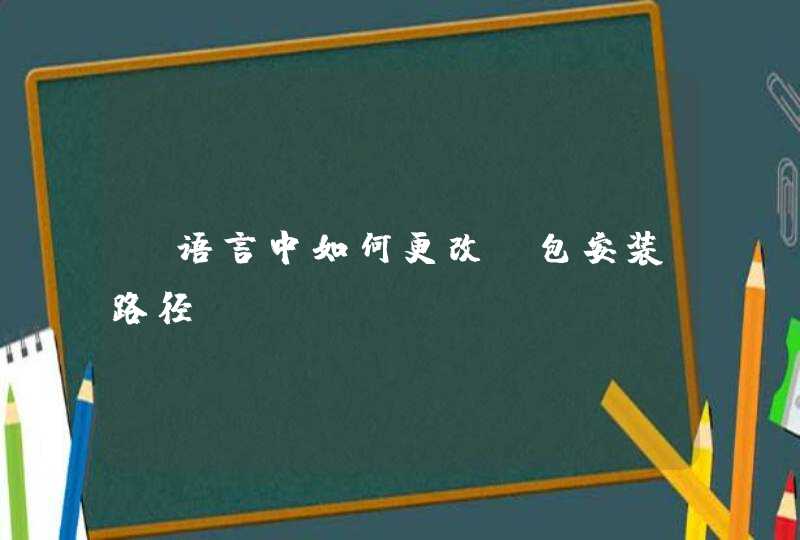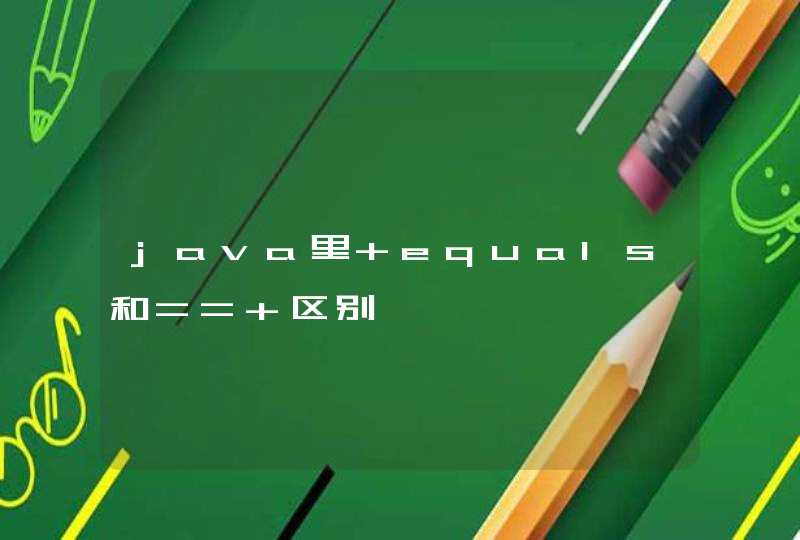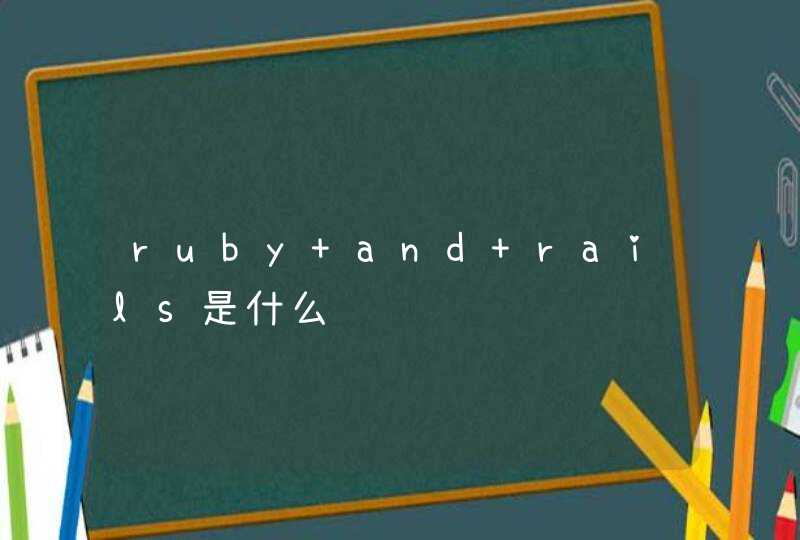
The influences of tap dancing may include:[1]
England
Lancashire Clogging - percussive dancing with shoes.
Irish
Irish freeform solo Sean-nós dance
Irish competitive Stepdance
Step dancing in general.
Stomp dancing, where the sound of other objects are used to enhance the stomping sound of the foot
Masters would often challenge each other to be the best dancer and win students
African
Juba Dance a very quick and competitive dance involving intricate foot work, hand clapping and patting the bum
There seems to be no historical evidence of percussive (heel toe) dance footwear in this culture
predating tap.
Spanish Flamenco
During the 1930s, 1940s, and 1950s, the best tap dancers moved from Vaudeville to cinema and television. Steve Condos, with his innovative style of percussion tap, created a whole new tap style that he introduced to audiences in Vaudeville, and later to the audiences of film and Broadway. Prominent tap dancers of this period included Fred Astaire, Ginger Rogers, Shirley Temple, John W. Bubbles, Charles "Honi" Coles, Vera-Ellen, Ruby Keeler, Gene Kelly, Ann Miller (credited as the fastest recorded tap dancer, a record she still holds), Jeni LeGon,[2], Fayard and Harold Nicholas of the Nicholas Brothers, The Clark Brothers, Donald O'Connor, Eleanor Powell, Rita Hayworth, Betty Grable, PrinceSpencer,[3] Bill "Bojangles" Robinson, and Jimmy Slyde.
During the 1930s tap dance mixed with Lindy Hop"Flying swing outs" and "flying circles" are Lindy Hop moves with tap footwork. In the 1950s, the style of entertainment changed. Jazz music and tap dance declined, while rock and roll and pop music and the new jazz dance emerged. What is now called jazz dance evolved out of tap dance, so both dances have many moves in common. But jazz evolved separately from tap dance to become a new form in its own right. Well-known dancers during the 1960s and 1970s included Arthur Duncan and Tommy Tune.
No Maps on My Taps, the Emmy award winning PBS documentary of 1979, helped begin the recent revival of tap dance. The outstanding success of the animated film, Happy Feet, has further reinforced the popular appeal[4] National Tap Dance Day in the United States, now celebrated May 25, was signed into law by President George Bush on November 7, 1989. (May 25 was chosen because it is the birthday of famous tapper Bill "Bojangles" Robinson.) Prominent modern tap dancers have included Brenda Bufalino, Jay Fagan,[5] Savion Glover, Peter Briansen, Gregory and Maurice Hines of Hines, Hines, and Dad, Ayodele Casel, LaVaughn Robinson, Jason Samuels Smith, Chloe Arnold, Jared Grimes, Joseph Wiggan, Sarah Savelli, Jason Janas,Acia Gray,Mark Yonally, Dianne "Lady Di" Walker, Martin "Tre" Dumas, Dormeshia Sumbry Edwards, Omar Edwards, Michelle Dorrance, Max Pollak, Derick Grant, Jumaane Taylor, Sam Weber and Grant Swift[1].[6] Indie-pop band Tilly and the Wall also features a tap dancer, Jamie Pressnall, tapping as percussion. Orchestral-pop band Born Again Floozies combines tap dance, hoofing, and stomp dance with orchestral percussion and low brass as its rhythm section.
[edit] Characteristics of tap dance
Tap shoesMain article: Tap dance technique
Tap dancers make frequent use of syncopation. Choreography typically starts on the eighth or first beatcount. Another aspect of tap dancing is improvisation. This can either be done with music and follow the beats provided or without musical accompaniment, otherwise known as a cappella dancing.
Hoofers are tap dancers who dance primarily with their legs, making a louder, more grounded sound. This kind of tap dancing, also called "rhythm tap", came primarily from cities or poor areas. Today this is not the case, especially with such a wide variety of styles spreading throughout the world. Steve Condos rose out of his humble beginnings in Pittsburgh, PA to become a master in rhythmic tap. His innovative style influenced the work of Gregory Hines, Savion Glover and Marshall Davis, Jr. The majority of hoofers, such as Sammy Davis Jr., Savion Glover, Gregory Hines, and LaVaughn Robinson are African American men, although today the art form transcends racial and gender stereotypes. Savion Glover is the best-known living hoofer, who helped bring tap dance into mainstream media by choreographing and dancing for the major motion picture Happy Feet, a film about a tap dancing penguin. Another well-known tap film is 1989's Tap, starring the late Gregory Hines and many of the old-time hoofers.
Early dancers like Fred Astaire provided a more ballroom look to tap dancing, while Gene Kelly used his extensive ballet training to make tap dancing incorporate all the parts of the ballet. This style of tap led to what is today known as "Broadway style," which is more mainstream in American culture. It often involves high heeled tap shoes and show music, and is usually the type of tap first taught to beginners. The best examples of this style are found in Broadway musicals such as 42nd Street.
Common tap steps include the shuffle, shuffle ball change, flap, flap heel, cramproll, buffalo, Maxi Ford, single and double pullbacks, wings, Cincinnati, the shim sham shimmy (also called the Lindy), Irish, Waltz Clog, the paddle and roll (also called the paradiddle), stomp, brushes, scuffs, and single and double toe punches, hot steps, heel clicks, single, double and triple time steps, riffs, over-the-tops, military time step, new yorkers, and chugs. In advanced tap dancing, basic steps are often combined together to create new steps.
你自己节选吧
你说的应该是Ready,Willing, and Able吧?是1937的音乐剧电影,由ruby keeler and ross alexander主演,导演是ray enright




